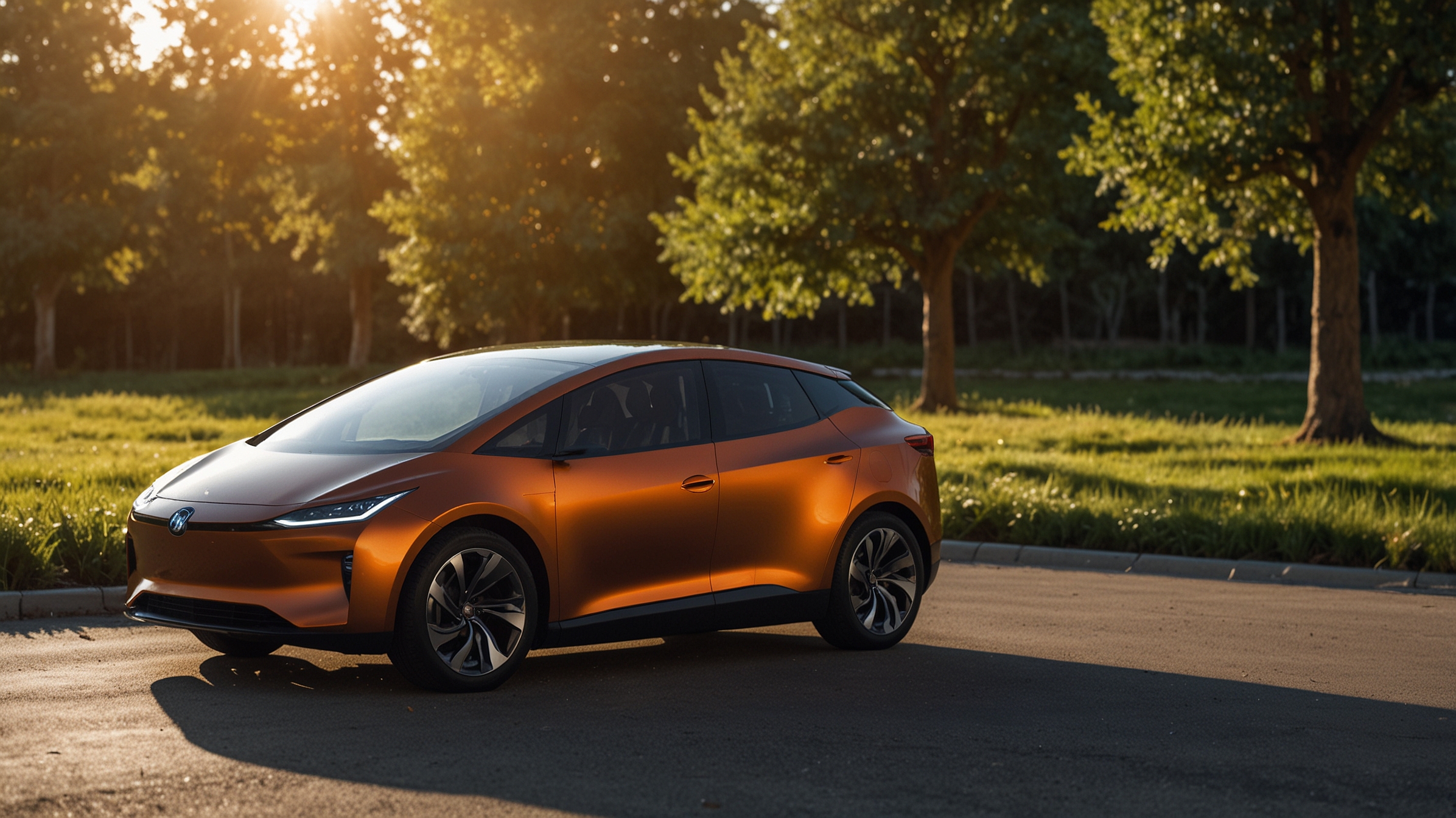From serums to sunscreens, our skincare routines are packed with products that promise glowing skin and youthful radiance. But what many consumers don’t realize is that some of the most commonly used cosmetics and personal care items may contain ingredients that raise serious health concerns.
The term “toxic beauty” refers to the presence of potentially harmful chemicals in skincare and cosmetic products—substances that may disrupt hormones, trigger allergic reactions, or even increase long-term health risks. As awareness grows, so does the urgency to understand what we’re putting on our bodies—and how it may affect us.
Skin Deep: Why Ingredients Matter
Your skin is not a perfect barrier. It’s semi-permeable, meaning substances applied to it can be absorbed into the bloodstream. While not everything penetrates deeply, studies show that some compounds—especially those in lotions, lip balms, and underarm products—can enter the body and accumulate over time.
Unlike pharmaceuticals, personal care products are loosely regulated in many countries. In the United States, for instance, the FDA does not require pre-market safety testing for cosmetics. As a result, thousands of chemicals are used in beauty products without conclusive evidence of long-term safety.
Common Offenders in Everyday Products
Here are some of the most controversial or concerning ingredients that might be hiding in your daily skincare routine:
1. Parabens
Used as preservatives to prevent mold and bacteria, parabens (such as methylparaben and propylparaben) are known endocrine disruptors. They mimic estrogen in the body and have been found in breast tissue, raising concerns about a potential link to breast cancer.
2. Phthalates
Often found in fragrances and nail polishes, phthalates make products more flexible or enhance scent. They’re associated with hormonal imbalances, fertility issues, and developmental problems in children.
3. Fragrance (Parfum)
The word “fragrance” can legally represent a mixture of hundreds of chemicals, many of which are undisclosed. Fragrances are a leading cause of allergic reactions and skin irritation and may contain phthalates or synthetic musks linked to hormone disruption.
4. Formaldehyde and Formaldehyde-Releasing Preservatives
Formaldehyde is a known carcinogen still used in some hair straightening treatments and nail products. Related preservatives—like DMDM hydantoin—release formaldehyde over time and can cause allergic reactions or respiratory issues.
5. Sodium Lauryl Sulfate (SLS)
This foaming agent, found in cleansers and shampoos, can strip natural oils, disrupt the skin barrier, and cause irritation—especially in sensitive individuals.
6. Oxybenzone
Common in chemical sunscreens, oxybenzone has been shown to interfere with hormone function and may damage coral reefs when washed off into the ocean.
The Cumulative Effect
It’s not just about a single product—it’s about exposure over time. On average, women use around 12 personal care products daily, resulting in exposure to more than 160 unique chemicals. Even if each ingredient is present in tiny amounts, the combination and repetition may lead to “toxic buildup” in the body.
The concern isn’t about short-term effects but the long-term burden these substances can place on your liver, endocrine system, and overall health.
What Science Says So Far
While some studies are inconclusive, emerging research points to plausible connections between certain cosmetic chemicals and:
- Hormonal imbalances (especially in adolescents and pregnant women)
- Allergic reactions, eczema, and skin sensitivities
- Potential links to cancer, reproductive disorders, or neurological issues
The European Union has banned or restricted over 1,300 substances in cosmetics. By contrast, the U.S. has prohibited only around 11. This regulatory gap leaves consumers with the responsibility to do their own ingredient vetting.
How to Clean Up Your Routine
You don’t have to toss your entire bathroom cabinet overnight. Start with small, intentional swaps and build awareness:
1. Read Ingredient Labels
Just like food, skincare products come with ingredient lists. Look out for the main offenders and familiarize yourself with clean alternatives. Apps like Think Dirty, Yuka, or the EWG Skin Deep database can help decode labels quickly.
2. Simplify Your Routine
Less is more. The fewer products you use, the fewer chemicals you’re exposed to. Opt for multi-use items and prioritize gentle, fragrance-free options.
3. Choose “Fragrance-Free” Over “Unscented”
“Unscented” may still contain masking fragrances. Look for products labeled fragrance-free to avoid hidden irritants.
4. Support Clean Beauty Brands
Look for companies that disclose all ingredients, use plant-based or non-toxic formulations, and commit to third-party testing or safety certifications.
5. Don’t Fall for Greenwashing
Terms like “natural,” “eco-friendly,” or “dermatologist-approved” are not regulated. Always check the actual ingredient list and certifications like USDA Organic or COSMOS Natural for reassurance.
Redefining Beauty from the Inside Out
Ultimately, glowing skin is about more than serums and scrubs—it’s a reflection of internal health, stress levels, nutrition, and self-care. Opting for cleaner skincare isn’t just about avoiding harm; it’s about aligning your daily habits with long-term wellness.
As consumers become more conscious, the demand for transparency and regulation in the beauty industry is growing. By educating yourself and making thoughtful choices, you’re not just caring for your skin—you’re advocating for your health.
The bottom line: Beauty should never come at the expense of well-being. Know what’s in your products, simplify where you can, and make conscious swaps that support a safer, healthier future—for yourself and the planet.














